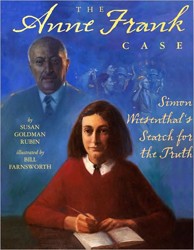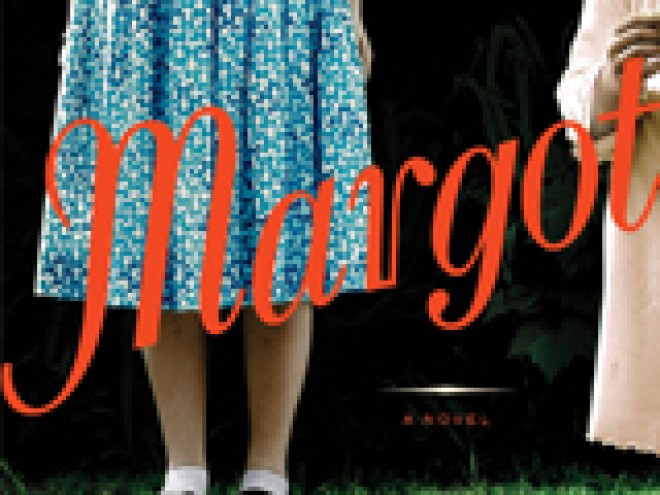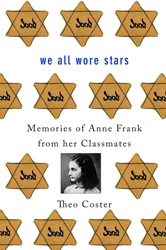By
– August 3, 2012
Most illustrated books with Holocaust settings are for older children, but this one serves as both an introduction to Anne Frank and to the cataclysmic times in which she lived. Children as young as eight will identify with the “ordinary little girl, someone you might sit next to in class,” who shared the misfortune of millions of other European Jews to live, increasingly frightened and hunted, during the Shoah. The experiences of the Frank family are placed in historical context, from their move to Holland and their exclusion from normal life, to their hiding in the secret annex, their betrayal, and the death of all of the family but Otto Frank, whose survival resulted in Anne’s diary becoming known to the world. Poole’s crystal-clear narrative distills Anne’s short life through the prism of her emotions — fear, boredom, family squabbles, her growing love for Peter, and the outlet of writing to “Dear Kitty.” Barrett’s elegant illustrations are an essential part of the story in that they place the Franks and their confined existence within expressively rendered scenes of both historic and domestic significance. The last double-page spread shows Miep handing Otto Frank Anne’s diary, accompanied by the final words of the text: “Anne Frank was no more than a girl, and her short life had come to an end. But her story was just beginning.” An endnote describes the publication of the diary and gives a detailed chronology. Highly recommended for ages 8 – 12.
Linda R. Silver is a specialist in Jewish children’s literature. She is editor of the Association of Jewish Libraries’ Jewish Valuesfinder, www.ajljewishvalues.org, and author of Best Jewish Books for Children and Teens: A JPS Guide (The Jewish Publication Society, 2010) and The Jewish Values Finder: A Guide to Values in Jewish Children’s Literature (Neal-Schuman, 2008).




